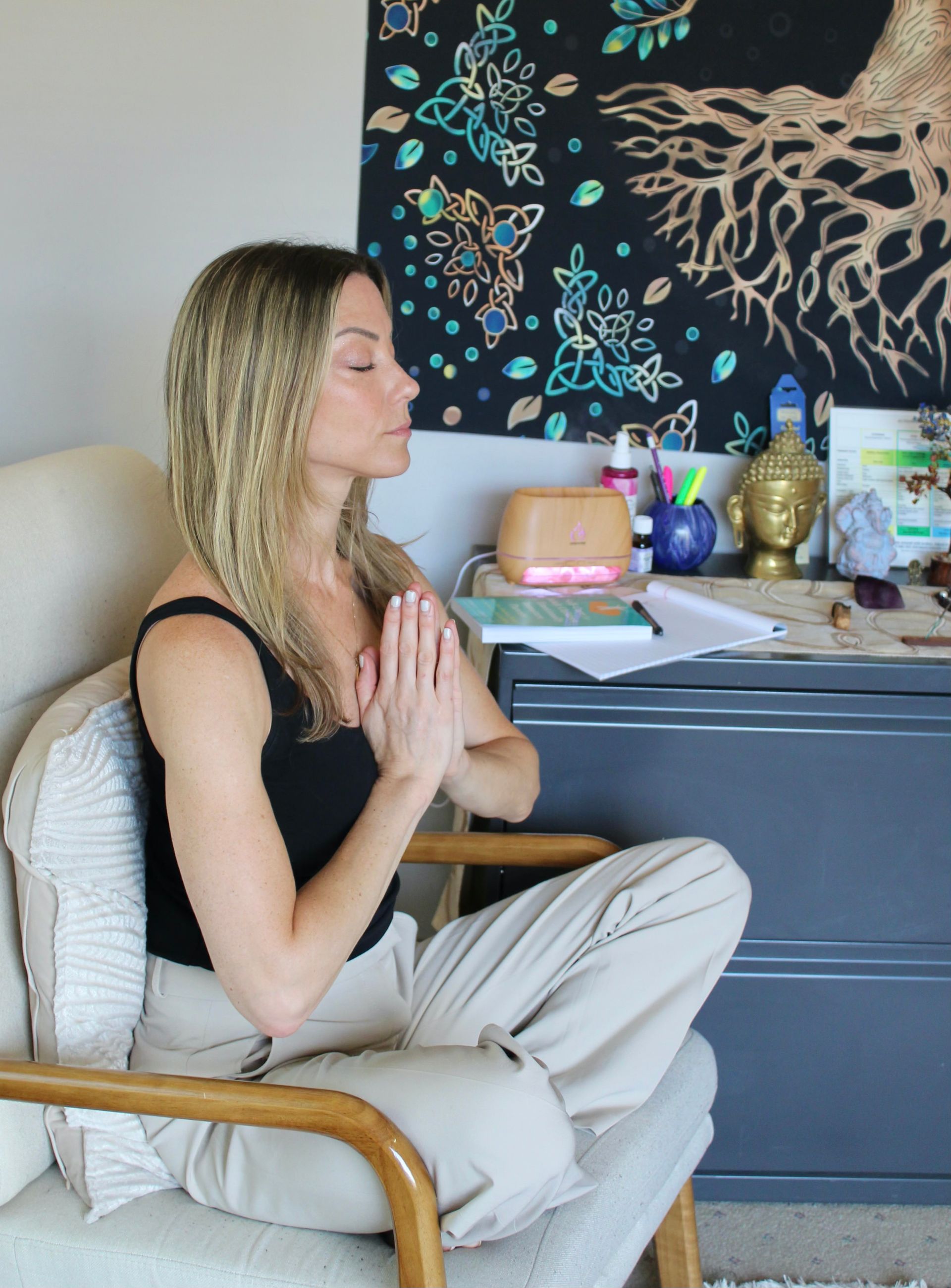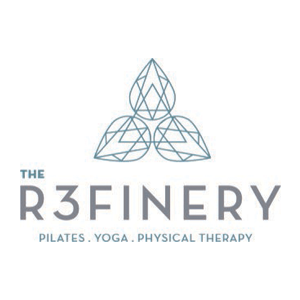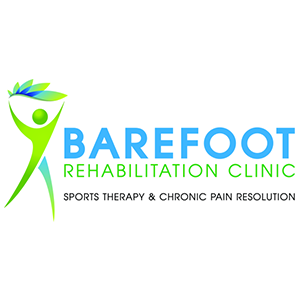What is Nervous System Regulation?
The New Way We Do Therapy Written by: Erin Guzman, LSW

When Your Body Reacts Before Your Brain
Have you ever been driving down a multi-laned roadway, when all-of-a-sudden, a car in the next lane doesn’t see you and swerves towards your car? Maybe you slam on the brakes, maybe you swerve to avoid contact with the car, nonetheless your behavioral response is almost automatic. What if I were to ask you to think about your emotional response to this event? Perhaps, you feel angry, irritated, energetic, or stressed. Finally, what if I were to ask you about your body's physiological response? Did your heart begin racing, or did you start sweating? It’s safe to say that this event caused you to move into a non-calm autonomic state known as Fight-or-flight, in response to real danger. When else might you have felt these emotions or physiological reactions in your body? Common answers may include before a work presentation, on a first date, or during a heated-conflict with a loved-one. All of these examples, while reasonably nerve-racking, are of no real physical harm to our body. However, for better or for worse, our nervous systems have evolved to respond to real or perceived danger in predictable and consistent ways.
Meet the Autonomic Nervous System
Our bodies biological system responsible for the response to danger is the Autonomic Nervous System (ANS) and the main mechanism of control is called the Vagus Nerve. The Vagus Nerve, also known as the Vagal Nerves, are the longest cranial nerves in the human body, that extend from the base of the skull down to the large intestine, winding around the major organs of the chest and stomach on the way down. The Vagus Nerve system is responsible for many critical, yet involuntary, bodily functions such as breathing, digestion and the immune response. With this in mind, we can start to see how dysregulated our body can physically and mentally become when exposed to repeated or long-term danger.
Understanding Polyvagal Theory
Polyvagal theory founded by Stephen Porges in the early 1990s and translated by Deb Dana, into a more accessible and understandable version, explains and organizes the three basic pathways of response: Ventral Vagal State, Sympathetic State, and the Dorsal Vagal State. Polyvagal theory utilizes the image of a ladder to display the hierarchy of the three states that we as human beings regularly move through on a daily basis.
Climbing the Polyvagal Ladder
At the top of the ladder is the Ventral Vagal State. Where we feel safe and socially connected, our breathing is regulated, our digestive system is operating, we are capable of learning, socializing, and connecting to others. You may feel grounded, present, calm, relaxed, etc. As you move down the ladder we reach the Sympathetic State, think of this as the fight or flight or survival state, this state is activated in response to an event that our body perceives as threatening or dangerous. In this state the body physically prepares to face or run from a threat, by increasing our blood pressure, heart rate, and adrenaline, and decreasing our digestion, pain threshold, and immune responses. In this state you may feel angry, afraid, anxious, worried, irritable, etc. Finally, at the bottom of the ladder we have the Dorsal Vagal State, also known as the freeze or shutdown response. This is the state activated in response to an overwhelming stressor or traumatic event, your body has accepted that fighting or fleeing is not an option, and instead switches to protection mode, by effectively shutting down and conserving energy. Physically, digestion stops, mobility becomes limited, and breathing may become difficult. Prolonged exposure to real or perceived danger can ultimately lead to a dorsal vagal shutdown. Symptoms of a dorsal vagal shutdown may include fatigue, dissociation, depression, blackouts (memory loss), cognitive difficulties and emotional flatness.
How We Use Polyvagal Theory in Therapy
At Presence of Mind Therapy, we draw from Polyvagal theory to inform the way we treat our clients. First, we use our understanding of Polyvagal theory in the early stages of treatment to build a relationship of trust and safety. We use co-regulation techniques and unconditional positive regard to model safety. We teach somatic processing and breathing techniques to establish a baseline. We often then will work with clients to identify triggering memories or day to day stressors such as people and places that ultimately have the ability to send you down the Polyvagal ladder. From here we help our clients develop personalized strategies for returning the nervous system to the Ventral Vagal State, subsequently improving mental health, physical health, and even relationships. Polyvagal theory is foundational in the early stages of our therapeutic alliance.
Why Talk Therapy Alone Isn’t Enough
Once we’ve been able to establish a new baseline of safety and regulation in the body, we then can move into additional evidence-based modalities such as Internal Family Systems, Cognitive Behavioral Therapy, Dialectical Behavioral Therapy, Attachment Theory, and others to reach individualized treatment goals. We believe that talk therapy alone isn’t enough and that we must approach mental health by working with the mind and the body.
Written by: Erin Guzman, LSW
Presence of Mind Therapy Blog






















Share On: